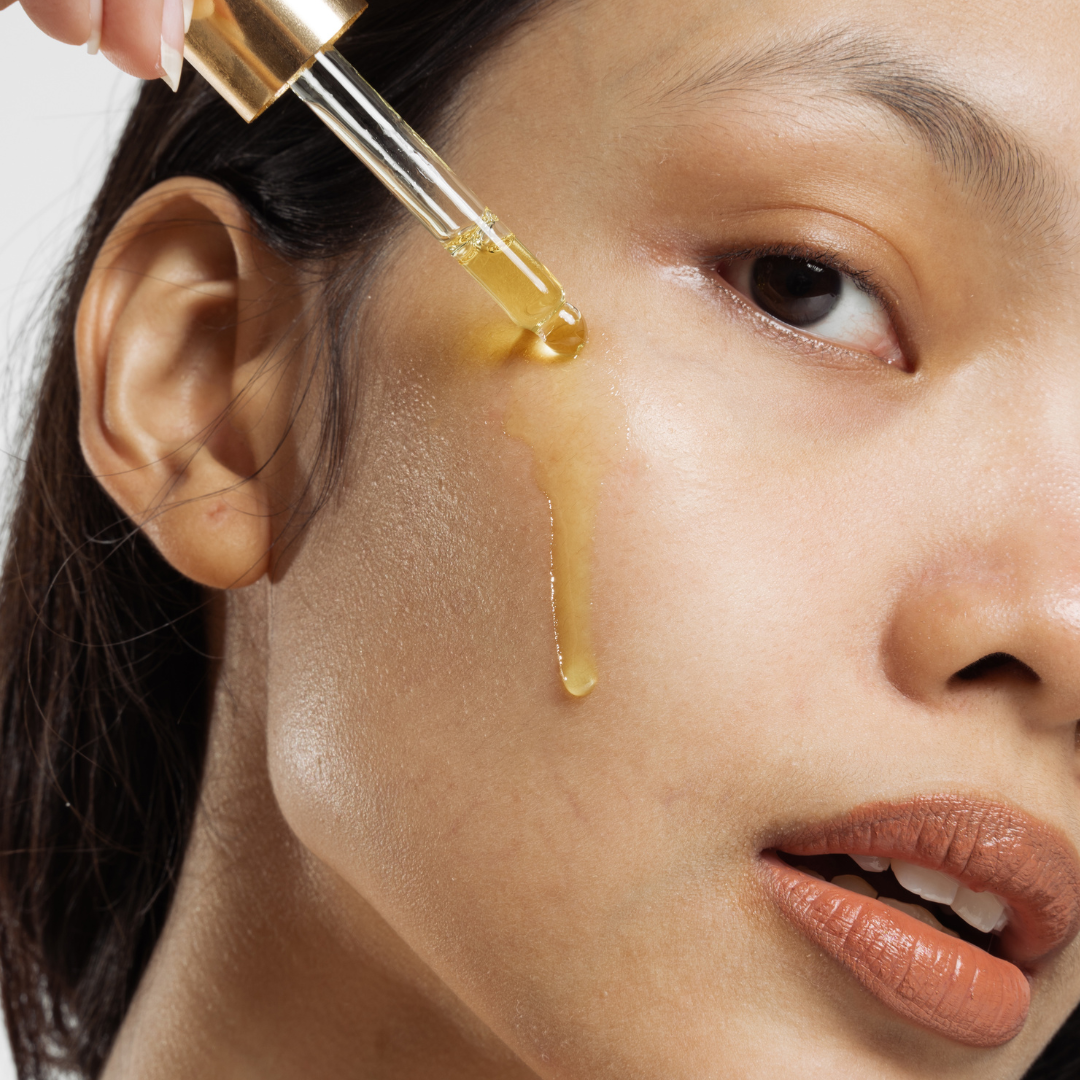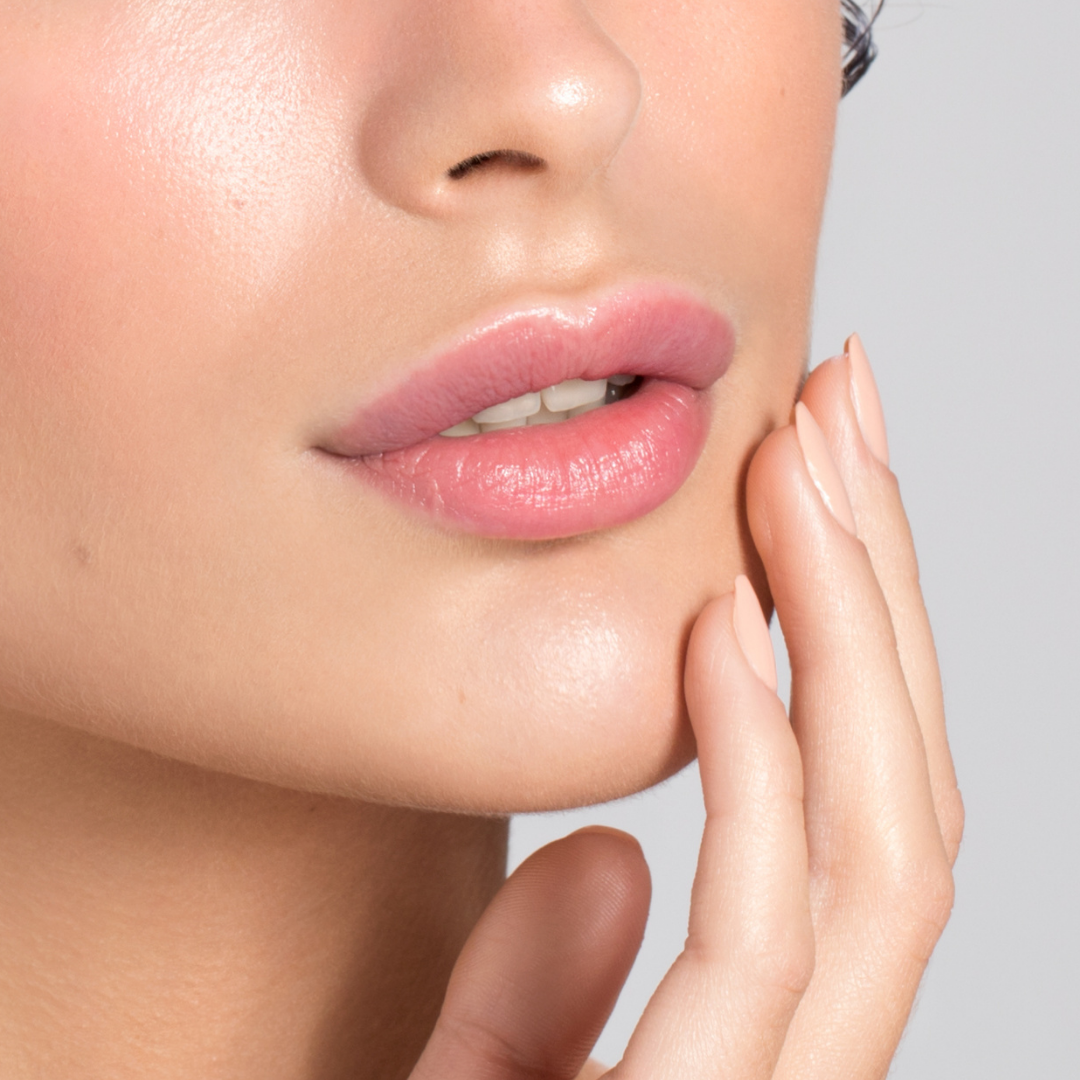What is Collagen?
We know you’ve already heard of collagen because in recent years, celebrities and influencers have been hyping it up in the form of supplements and drink powders on social media. And there’s good reason: collagen is an essential protein found in our body that is responsible for skin firmness and tightness. In short, it’s what keeps our skin from sagging. But collagen is also found in cartilage — the protective cushioning between joints
Is Collagen good for skin tightening?
When it comes to the skin, collagen is stored in the middle layer known as the Dermis, which accounts for about 90% of your skin’s thickness[1]. Collagen provides rigidity and strength to the skin. Coupled with Elastin, another protein responsible for elasticity, collagen is what keeps our skin looking young and free of wrinkles.
Why do we experience collagen loss?
Between the ages of 20 and 30, our natural production of collagen starts declining, and fast: we lose about 1% of it every year. As a result, the skin becomes thinner and more lines and wrinkles appear. If you are a woman going through menopause, that can also affect your skin’s elasticity: collagen production declines and you may notice losing fat under your skin. That, combined with dryness caused by hormonal changes, can cause sagging, fine lines and wrinkles.
Besides the natural aging process which slows down production of this essential protein, lifestyle habits can also contribute to collagen loss. Sun exposure, for example, can be detrimental to collagen because the sun’s UVA and UVB rays induce the activity of MMPs – matrix metalloproteinase– breaks down the skin’s collagen[2].
Things you can do to rebuild collagen for skin tightening
The good news is that rebuilding collagen and boosting production is possible. You should be aware however: some products out there may claim to be the best collagen cream for skin tightening but actually won’t do much. That is because collagen can't be absorbed through the epidermis in its whole form and needs to be broken down to work its way into our body[3]. Not to worry, there are several ways you can go about boosting your skin’s collagen production.
1: Supplements
You may have seen collagen pills or collagen powder – to be mixed in drinks – for skin tightening advertised online.Some of these can help, with limitations. Studies have found that those who take collagen supplements saw an improvement in the appearance of wrinkles as well as the firmness, suppleness, and moisture content of the skin[4]. However, the research also points out that it remains unclear if these improvements were actually due to the collagen in the products because they don’t just contain collagen. There are also vitamins, minerals, antioxidants, hyaluronic acid among other ingredients included in those products.
Keep in mind you should allow at least 8 weeks of taking collagen supplements consistently in order to potentially notice any results[5]. Dosage depends on the product you are using so follow the package instructions to know how much you should take and when. There is a lot of information online to help you find your best collagen supplement and collagen powder for skin tightening results.
2: Red light therapy
You may have already heard of LED light therapy or seen people use one of those robot-like masks on social media. Light therapy can have many benefits for your skin, but if you’re looking to boost collagen, red light therapy is the one to consider. Red light therapy works by exposing the skin to low levels of red and near-infrared light repeatedly for a certain period of time. When exposed to red light, a positive effect is produced in your skin cells: increasing the transportation of electrons as well as oxygen consumption[6]. As part of these processes, it helps stimulate collagen production as well.[7]
Keep in mind there is a difference between how you should use red light therapy depending on whether you do it in a clinic or at home. For visible results, professionals recommend a series of in-office treatments, about once a week for the first month and then monthly maintenance treatments. If you opt for an at-home device, you may need to use it once or twice a day for 30 to 60 minutes for four to five weeks, depending on the advice of the device’s brand.[8] Red light can also be combined with radio frequency therapy to maximize results.
3: Radio Frequency therapy
Radio frequency therapy is one of the best collagen solutions for skin tightening out there. RF devices use energy waves – known as radio waves– to help stimulate collagen production in our skin. When in contact with the epidermis, the surface level of the skin, these waves generate gentle heat, which penetrates into your skin’s deeper layer known as the Dermis. There, it stimulates the production of collagen and elastin, which results in skin firming and wrinkle reduction. And bonus: rf technology is non - invasive and completely pain free! This treatment can be performed by professionals in clinics but is also available for at-home use for a fraction of the price using devices such as the FDA-cleared NEWA RF wrinkle reduction device.
NEWA should be used several times a week, according to the detailed instructions it comes with, from the comfort of your couch. And there is proof it works: according to a clinical study submitted to the FDA with individuals who used NEWA over a period of three months (3 times a week for the first 4 weeks and twice a week for the remaining 8 weeks), the NEWA RF results are impressive: 100% of participants showed improvement in overall wrinkle appearance. In addition, 84% showed improvement in skin firmness and 75.6% showed an increase in skin collagen content. In fact, NEWA’s RF wrinkle reduction device was also proven to generate 3.8% collagen production in the skin over 12 weeks. That’s almost four years of natural collagen loss. Keep in mind that as for any treatment, consistency is key.
4: SPF
It is no secret that the sun is the skin’s biggest enemy. When it comes to collagen, sun exposure is detrimental because UVA and UVB rays induce the activity of MMPs – matrix metalloproteinase– which break down the skin’s collagen[9]. As such, protecting your skin from these rays is important. This may not help rebuild collagen content in your skin, but it will do wonders for preventing more collagen loss, which is essential in combination with collagen-building treatment.
There are many creams, lotions and gels out there containing SPF to choose from according to what suits your skin type and lifestyle. Using SPF should be a daily skincare ritual. It should be applied in the morning under your moisturizer. In the summer, you may also want to reapply throughout the day, especially if you are spending time outdoors. Don’t forget to put SPF on even on rainy winter days, there is always sunshine outside!
5: Retinoids
Retinoids are well known for being a holy grail anti-aging solution. Retinoids are an ingredient used in skincare products and come from vitamin A, which is important not just for the skin but also for our vision, growth, reproduction, immune system and more. Vitamin A cannot be produced by the body; which is why it needs to be supplied. When it comes to the skin, this ingredient improves the appearance of wrinkles and combats sagging by triggering collagen production in our bodies[10].
Retinoids come in various forms to be applied topically. They also vary in strengths.
It is important to use these collagen-boosting ingredients as directed by a professional because the formulas can be irritating for the skin. They usually require a very small amount and it is important to use them only at night, because retinoids break down with sun exposure[11]. It can take a few weeks to see results, but if you stop using your retinoid product, the youth-boosting effects will stop too.
6: Microneedling
Microneedling is also a good way to boost collagen for skin tightening. It is a cosmetic procedure, performed in a clinic, that uses tiny needles to produce micro-wounds in the skin which encourages the cells to repair themselves, thus boosting natural processes including collagen production. It is known to help smooth and firm the skin, making it look plumper and also improving wrinkles, acne or scars[12].
Microneedling sessions take about 30 minutes and do require maintenance to continue seeing results. It takes a couple of weeks after your treatment to observe improvements in your skin’s appearance. It is minimally invasive and usually has almost no side effects, but consulting with a professional is essential to determine whether it is right for your skin.
FAQs
How early do we start losing collagen?
Collagen loss can start between 20 and 30 years old. That’s when our body’s natural processes usually begin to slow down. This unfortunately includes the production of collagen in our Dermis. That’s when you may start to see wrinkles or fine lines appear on your face as well as changes in skin texture.
Is it really possible to rebuild collagen?
Yes it is. There are different ways you can support your body’s natural production of collagen and boost the protein’s content in your skin including taking supplements, using Red LED light therapy, radio frequency therapy, Retinoids, microneedling treatments and more.
Are there foods I can eat to boost collagen?
Some foods are known to help rebuild collagen in our bodies. These include: bone broth, chicken, fish, egg whites, citrus, berries, tropical fruits, garlic, spinach, kale, cashews, tomatoes and peppers. Conversely, sugar and refined carbs can damage collagen content in our bodies[13].
Does collagen have benefits aside from skin-tightening?
Yes ! Collagen is also found in cartilage, which is the substance present in our joints and that allows us to move our bodies smoothly.[14] So boosting collagen isn’t just good for the skin, it is also important for improving joint health as we age.
How long does it take for collagen to tighten skin?
Usually, you can expect new collagen formation some 4 to 6 weeks after collagen-boosting treatments. If you are using NEWA’s RF device, this means that after a month, you’re going to just start seeing the effects of the very first cycle you did. That’s why consistency is key.
Conclusion
Collagen is an essential protein that unfortunately, our body makes less and less of as we age. That’s why we should start boosting its production around the ages of 20 to 30. Collagen is responsible for keeping our skin from sagging and maintaining its firmness and plumpness, but it is also important for our joint health. While we can do anything about aging, we can help our body produce more collagen and rebuild its content using various methods including supplementing or using Radio frequency therapy at home among others.
Sources used in the article:




